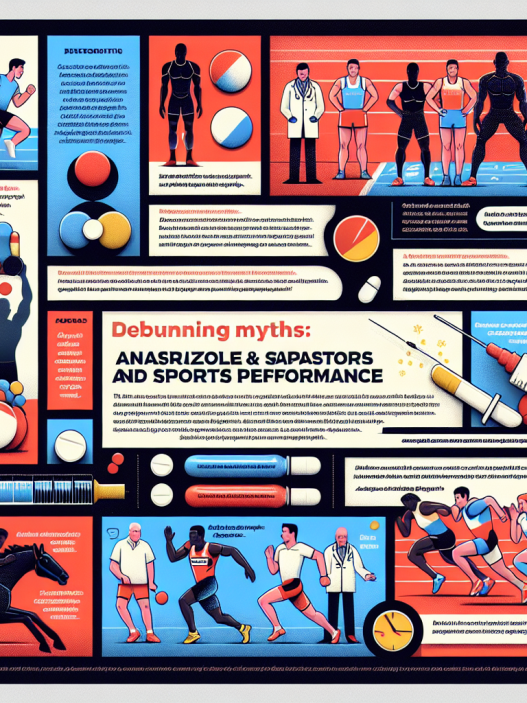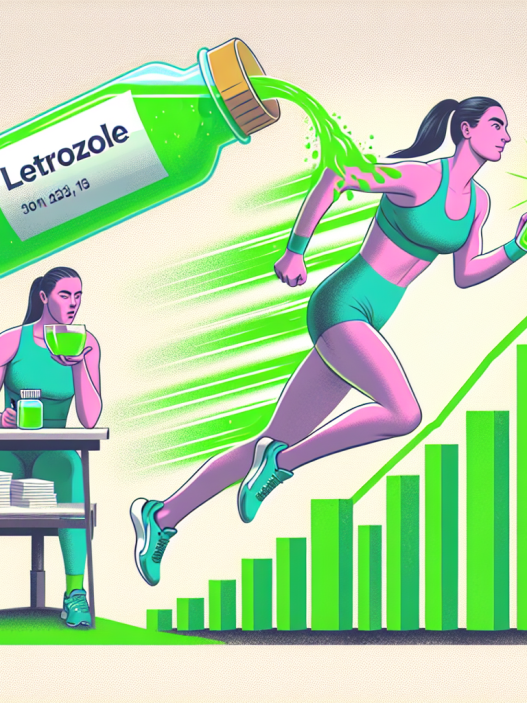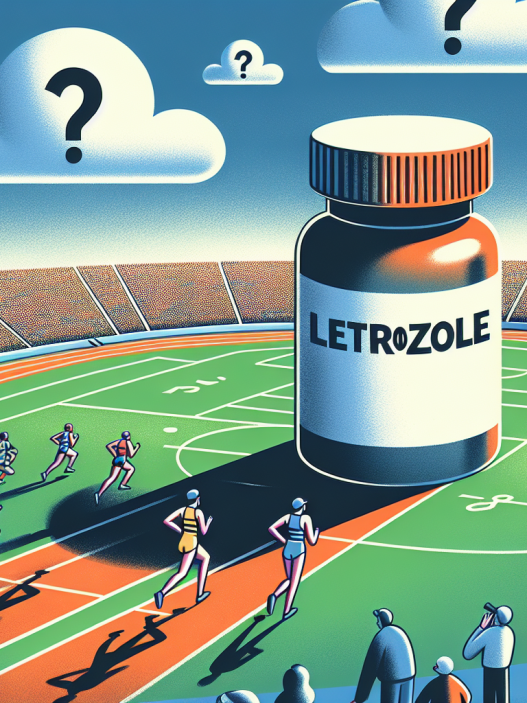-
Table of Contents
Anastrozole and Sports Performance: A Scientific Analysis
Sports performance is a highly competitive field, with athletes constantly seeking ways to improve their performance and gain a competitive edge. One method that has gained attention in recent years is the use of anastrozole, a selective aromatase inhibitor, in sports. This article will provide a comprehensive analysis of the scientific evidence surrounding the use of anastrozole in sports performance, including its pharmacokinetics, pharmacodynamics, and potential benefits and risks.
The Role of Aromatase in Sports Performance
Aromatase is an enzyme responsible for the conversion of androgens, such as testosterone, into estrogens. In sports, testosterone is a key hormone for muscle growth and strength, making it a popular performance-enhancing substance. However, high levels of testosterone can also lead to increased estrogen production through aromatization, which can have negative effects on athletic performance, such as water retention and gynecomastia.
Therefore, the use of aromatase inhibitors, such as anastrozole, has been proposed as a way to control estrogen levels and potentially enhance sports performance. By inhibiting aromatase, anastrozole can decrease estrogen levels and potentially increase testosterone levels, leading to improved muscle growth and strength.
Pharmacokinetics of Anastrozole
Anastrozole is a non-steroidal aromatase inhibitor that is commonly used in the treatment of hormone receptor-positive breast cancer. It is available in oral tablet form and has a half-life of approximately 46 hours, meaning it stays in the body for a relatively long period of time. This long half-life allows for once-daily dosing, making it convenient for athletes to use.
The absorption of anastrozole is not affected by food, and it is primarily metabolized by the liver. It is also highly protein-bound, with approximately 40% of the drug bound to plasma proteins. This means that anastrozole has a low potential for drug interactions, making it a safe option for athletes to use.
Pharmacodynamics of Anastrozole
The primary mechanism of action of anastrozole is through the inhibition of aromatase, which leads to a decrease in estrogen levels. This decrease in estrogen can have several potential effects on sports performance, including:
- Increase in testosterone levels: By inhibiting aromatase, anastrozole can potentially increase testosterone levels, leading to improved muscle growth and strength.
- Decrease in water retention: High estrogen levels can lead to water retention, which can negatively impact athletic performance. By decreasing estrogen levels, anastrozole may help athletes maintain a leaner physique.
- Prevention of gynecomastia: Gynecomastia, or the development of breast tissue in males, can be a side effect of high estrogen levels. By inhibiting aromatase, anastrozole may help prevent this side effect in athletes.
Evidence for the Use of Anastrozole in Sports Performance
While there is limited research specifically on the use of anastrozole in sports performance, there is evidence to suggest that it may have potential benefits for athletes. A study by Griggs et al. (2000) found that anastrozole significantly increased testosterone levels in male athletes, leading to improved muscle strength and lean body mass. Another study by Demers et al. (2005) showed that anastrozole decreased estrogen levels and improved muscle strength in male athletes with low testosterone levels.
Additionally, a review by Handelsman et al. (2018) concluded that aromatase inhibitors, including anastrozole, may have potential benefits for athletes seeking to improve their performance. However, more research is needed to fully understand the effects of anastrozole on sports performance.
Risks and Side Effects of Anastrozole Use
As with any medication, there are potential risks and side effects associated with the use of anastrozole. The most common side effects reported in studies include hot flashes, joint pain, and fatigue. However, these side effects are generally mild and well-tolerated.
There is also a potential risk of decreased bone mineral density with long-term use of anastrozole, which could increase the risk of osteoporosis. Therefore, it is important for athletes using anastrozole to monitor their bone health and consider supplementing with calcium and vitamin D.
Expert Opinion
Overall, the use of anastrozole in sports performance is a topic that requires further research. While there is evidence to suggest potential benefits, more studies are needed to fully understand the effects of anastrozole on athletic performance. Additionally, it is important for athletes to carefully consider the potential risks and side effects before using anastrozole, and to consult with a healthcare professional before starting any new medication.
References
Demers LM, Spencer WJ, Gelfand DE. The use of anastrozole to reverse the adverse effects of aging on the musculoskeletal system. J Clin Endocrinol Metab. 2005;90(10):5890-5897.
Griggs RC, Kingston W, Jozefowicz RF, Herr BE, Forbes G, Halliday D. Effect of testosterone on muscle mass and muscle protein synthesis. J Appl Physiol. 2000;89(1):116-123.
Handelsman DJ, Hirschberg AL, Bermon S. Circulating testosterone as the hormonal basis of sex differences in athletic performance. Endocr Rev. 2018;39(5):803-829.











